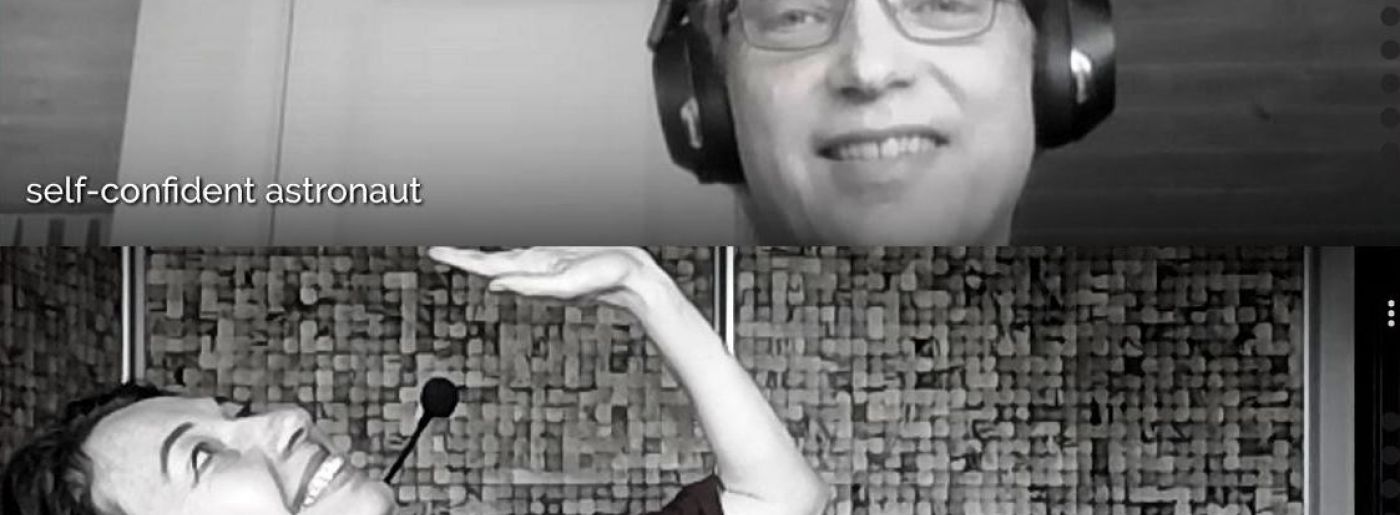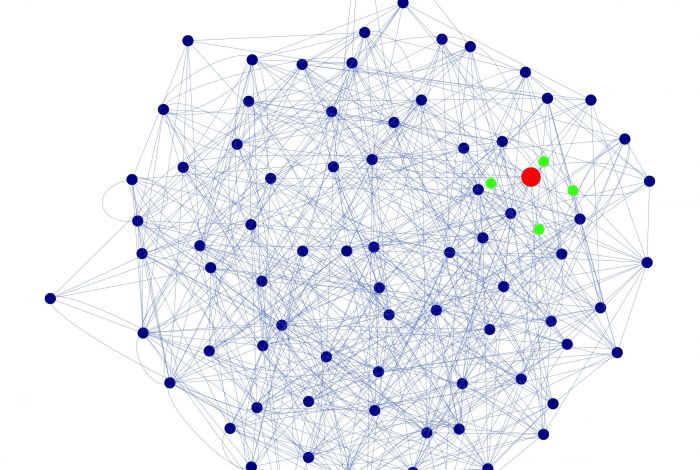Machine Learning on Text from Medical Records

What does it mean to train neural networks? When today's machines can recognize tumors better than humans, how will this affect radiology in the future? In this episode, Fredrik and Silvija discuss how Machine Learning (ML) can be utilized to get more useful information and knowledge from hospital systems.
Follow this link to listen to the podcast!
Learnings from the Episode
- Machine Learning
- Radiology
- Neural Networks
- Medical Records
This article is from an episode of #Lørn, made in collaboration with LørnTech.
Quick Q and A with Fredrik
Title and company:
Senior Researcher at AHUS.
Education and hobby?
Doctorate in informatics, ML. I am a keen mushroom picker during the Autumn season. Besides that, I enjoy attending quizzes and to play chess.
Who are you and how did you get into innovation / research?
I have always been into research and inventions. Since childhood I have been particularly concerned about what happens when we think, the true nature of thoughts, and whether it is possible to make machines think like us.
What is the most important you do at work?
I work in a department that deals with health care research where we do various analyses on how health care works and how the patients are doing.
What is your focus in technology / innovation?
I focus on methods in ML that can be utilized to get more useful information and knowledge from hospital systems.
Why do you find this exciting?
We need Artificial Intelligence (AI) that can help us find and assemble information about individual patients. Such systems can aid in discovering similar patients to the individuals in need of treatment. In this way, we would get a faster overview of similar cases.
What controversies do you find the most interesting?
The question of which patient information that should be documented.
Your own, relevant projects over the last year?
A BigMed-project where we have trained models of neural networks to classify radiology reports, so that we automatically can count the share of examinations with relevant findings for different patient groups. Another project is about utilizing ML to decide whether a patient has passed out or not from what is documented in their medical record.
Your other, favorite examples of similar projects internationally and nationally?
Google's and other large parties' overall progress in ML on Natual Language Processing (NLP).
What do you think is relevant knowledge for the future?
ML will become increasingly important. The first upheval will happen in imaging where machines are about to outperform humans in recognizing most types of objects. A second wave will revolve around ML utilized on text.
What do we do uniquely well in Norway related to this subject?
Norway is slower in this professional field. In fact, Europe as a whole is in danger of being left behind by the US and China.
Favorite quote?
«Hver gang vi sier opp en lingvist blir språkmodellene våre bedre», which can be directly translated to: every time we fire a linguist, our language models become better.
Most important point from our conversation?
ML on medical text can make health care better.
Recommended literature / videos about your professional field?
- «AI Superpowers» by Kai-Fu Lee. Follow this link.
- «What can machine learning do? Workforce implications»,
by Erik Brynjolfsson and Tom Mitchell. Follow this link. - “Keiseren over alle sykdommer” by Sidharta Mukherjee . Follow this link.

Relevant Projects

A pipeline and tool for personalised patient classification based on integration of multiple patient data
We are developing a novel pipeline, algorithm and computational tool, to assist clinicians in assigning the best therapy to individual patients by integrating in a novel and transparent way multiple type of data from patients

Functionality for clinical Natural Language Processing
Current state of the art solutions from the field of Language Technology employ machine learning algorithms and large volumes of data to solve tasks that enable understanding of textual data, such as the extraction of entities and


